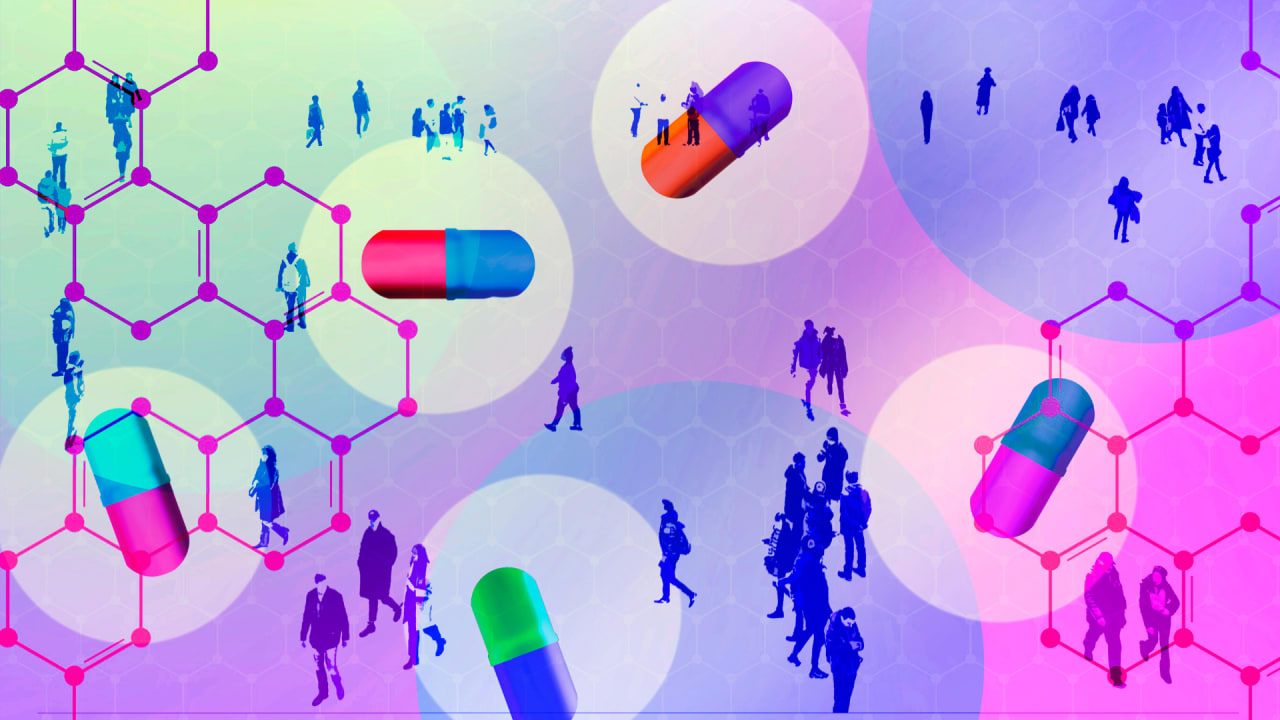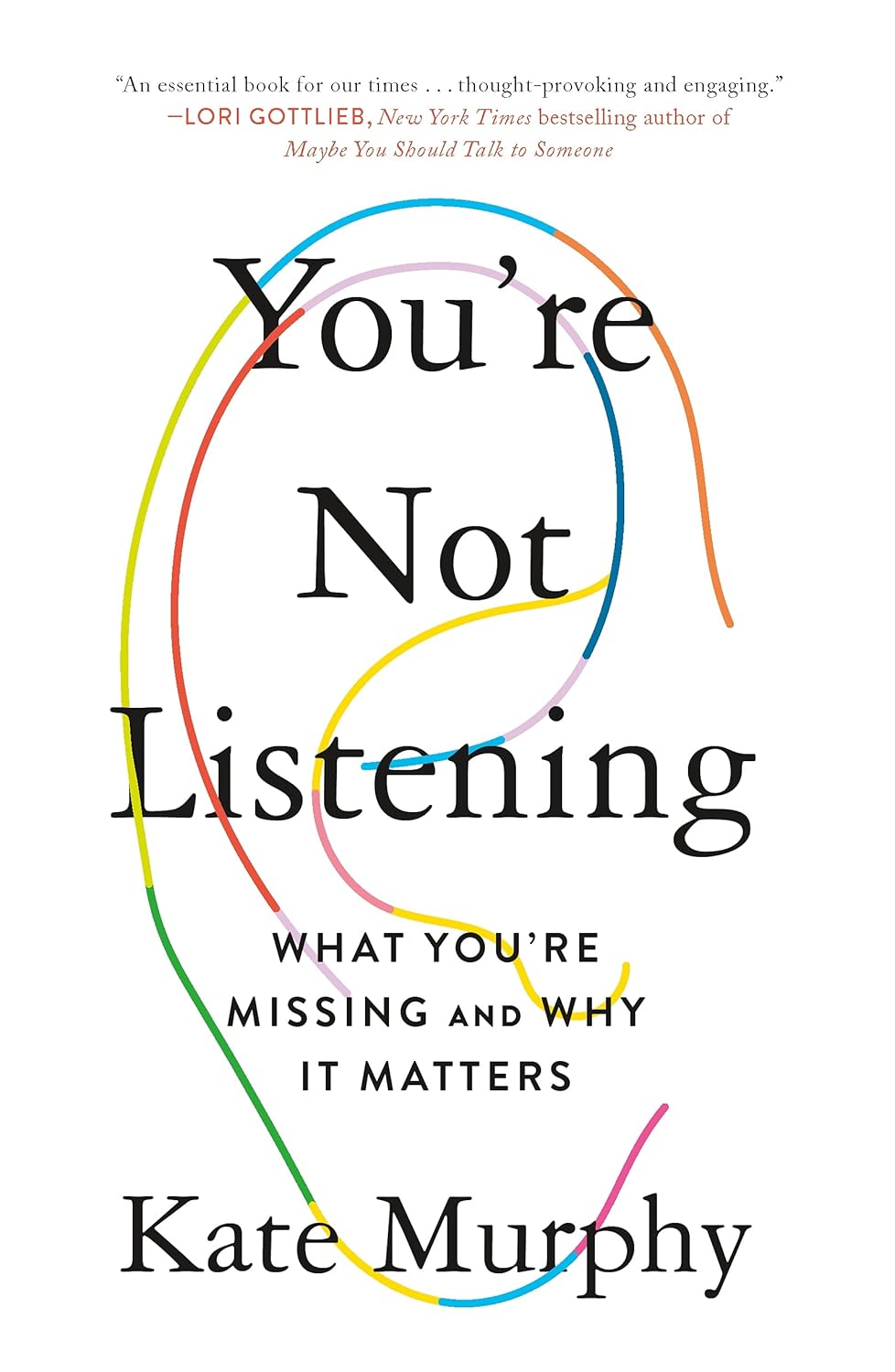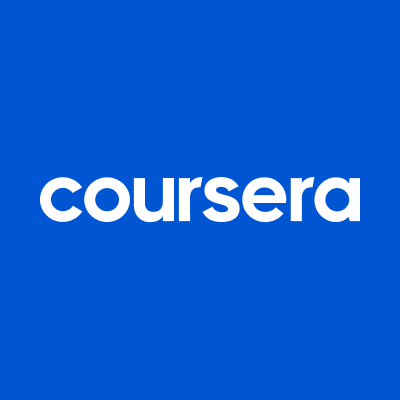The role of consumer health in expanding access to care
Healthcare is evolving. Once confined to clinics and in-office appointments—healthcare is now in our homes, routines, and daily choices. The shift towards accessible healthcare solutions, like over-the-counter (OTC) medicines, is empowering people to manage their health proactively. With 81% of adults using OTC medicines for minor ailments, this societal change saves physicians many hours each year, reducing the strain on healthcare systems. Despite increasing consumer interest in self-care, critical health categories like pain management, skin cancer, and more remain undertreated, underdiagnosed, and underpenetrated. The self-care revolution Consumers are increasingly investing in their health. In the U.S. alone, a staggering 82% of consumers consider health and wellness a leading priority in their lives, contributing to a $480 billion market. This clear sign shows that more people are actively taking charge of their well-being today to build a healthier future. Yet, accessibility gaps persist. Science and innovation must bridge this gap—not just through new formulations, but through better awareness, education, and application methods. Consumer-focused companies like ours are working to address this. The power of innovation Despite skin cancer diagnoses outnumbering all other cancers in the U.S., only 13.5% of adults wear sunscreen daily. Our research found that 99% of healthcare providers believe better application and aesthetics would boost sunscreen use. In response, our R&D teams at Neutrogena developed a new mineral formula that overcame these top consumer barriers with more UVA protection and less whitening compared to competitors, all while providing a lightweight, invisible finish. Our goal is to improve consumers’ willingness to wear sunscreen regularly, protecting their skin and health. While new innovations create a solution to the problem, education is what empowers consumers to pick it up in the aisle. For example, research shows a need for wider education about sun care in schools, so Neutrogena teamed up with Walgreens and the Melanoma Research Foundation to teach students and families the importance of sunscreen use. Programs like this help people understand how to practice preventative care, and its benefits as one of the most powerful tools in reducing health inequities. Where do we go from here? Consumer health companies can make a difference—whether through smarter skincare solutions, new pain relief technologies, or improved application methods. Here are three ways to do that. 1. Accessibility must be a priority, not an afterthought Despite advancements in OTC medicine, inaccessibility remains widespread. According to the World Health Organization, nearly 2 billion people lack reliable access to essential medications, such as acetaminophen in the pain care category. Beyond availability, consumers are also facing unique barriers based on their needs or stage of life. Despite many pain relief options being in pill form, people are often averse to swallowing pills for a variety of reasons ranging from general dislike to fear of choking. To make pain care accessible to more people, this unique need must be front and center in product development. Our Tylenol teams used this information and philosophy to develop products for several life stages, adding powder packs to make it easier for children to swallow, and a topical pain relief formation for those with skin discomfort Accessibility drove the creation to ensure that more people could get the relief they needed in a way that worked for them. 2. Sustainability is front and center Consumers today want products that not only enhance personal health but also minimize environmental impact. The future of consumer health is one where science works smarter, faster, and more sustainably, ensuring the well-being of people and the planet. As part of Kenvue’s approach, we developed an internal assessment tool, the Sustainable Innovation Profiler, which helps our product developers select more sustainable ingredients, packaging, and product formats. Integrating this capability into our innovation process should help us meet the rising expectations of consumers, retailers, and regulators, while building a more resilient and sustainable future and driving brand growth. 3. Collaboration is key to expanding everyday care No single company can solve the accessibility crisis alone. Partnerships between brands, healthcare providers, retailers, and policymakers are essential for meaningful impact. We do this by partnering with dermatologists, pediatricians, and public health organizations to identify care gaps and address misinformation. By meeting consumers wherever they are—aisles, pharmacies, doctor’s offices, or online—we empower them to take charge of their health. To build a future with trusted, science-backed solutions for all, consumer health companies should place science in the service of a

Healthcare is evolving. Once confined to clinics and in-office appointments—healthcare is now in our homes, routines, and daily choices. The shift towards accessible healthcare solutions, like over-the-counter (OTC) medicines, is empowering people to manage their health proactively. With 81% of adults using OTC medicines for minor ailments, this societal change saves physicians many hours each year, reducing the strain on healthcare systems.
Despite increasing consumer interest in self-care, critical health categories like pain management, skin cancer, and more remain undertreated, underdiagnosed, and underpenetrated.
The self-care revolution
Consumers are increasingly investing in their health. In the U.S. alone, a staggering 82% of consumers consider health and wellness a leading priority in their lives, contributing to a $480 billion market. This clear sign shows that more people are actively taking charge of their well-being today to build a healthier future.
Yet, accessibility gaps persist. Science and innovation must bridge this gap—not just through new formulations, but through better awareness, education, and application methods. Consumer-focused companies like ours are working to address this.
The power of innovation
Despite skin cancer diagnoses outnumbering all other cancers in the U.S., only 13.5% of adults wear sunscreen daily. Our research found that 99% of healthcare providers believe better application and aesthetics would boost sunscreen use. In response, our R&D teams at Neutrogena developed a new mineral formula that overcame these top consumer barriers with more UVA protection and less whitening compared to competitors, all while providing a lightweight, invisible finish. Our goal is to improve consumers’ willingness to wear sunscreen regularly, protecting their skin and health.
While new innovations create a solution to the problem, education is what empowers consumers to pick it up in the aisle. For example, research shows a need for wider education about sun care in schools, so Neutrogena teamed up with Walgreens and the Melanoma Research Foundation to teach students and families the importance of sunscreen use. Programs like this help people understand how to practice preventative care, and its benefits as one of the most powerful tools in reducing health inequities.
Where do we go from here?
Consumer health companies can make a difference—whether through smarter skincare solutions, new pain relief technologies, or improved application methods. Here are three ways to do that.
1. Accessibility must be a priority, not an afterthought
Despite advancements in OTC medicine, inaccessibility remains widespread. According to the World Health Organization, nearly 2 billion people lack reliable access to essential medications, such as acetaminophen in the pain care category. Beyond availability, consumers are also facing unique barriers based on their needs or stage of life. Despite many pain relief options being in pill form, people are often averse to swallowing pills for a variety of reasons ranging from general dislike to fear of choking. To make pain care accessible to more people, this unique need must be front and center in product development.
Our Tylenol teams used this information and philosophy to develop products for several life stages, adding powder packs to make it easier for children to swallow, and a topical pain relief formation for those with skin discomfort Accessibility drove the creation to ensure that more people could get the relief they needed in a way that worked for them.
2. Sustainability is front and center
Consumers today want products that not only enhance personal health but also minimize environmental impact. The future of consumer health is one where science works smarter, faster, and more sustainably, ensuring the well-being of people and the planet.
As part of Kenvue’s approach, we developed an internal assessment tool, the Sustainable Innovation Profiler, which helps our product developers select more sustainable ingredients, packaging, and product formats. Integrating this capability into our innovation process should help us meet the rising expectations of consumers, retailers, and regulators, while building a more resilient and sustainable future and driving brand growth.
3. Collaboration is key to expanding everyday care
No single company can solve the accessibility crisis alone. Partnerships between brands, healthcare providers, retailers, and policymakers are essential for meaningful impact.
We do this by partnering with dermatologists, pediatricians, and public health organizations to identify care gaps and address misinformation. By meeting consumers wherever they are—aisles, pharmacies, doctor’s offices, or online—we empower them to take charge of their health.
To build a future with trusted, science-backed solutions for all, consumer health companies should place science in the service of accessibility, today and for generations to come.
Caroline Tillett is chief scientific officer of Kenvue.





























































![https //g.co/recover for help [1-866-719-1006]](https://newsquo.com/uploads/images/202506/image_430x256_684949454da3e.jpg)
























![How Smart PMs Scale Their Careers in Any Org [TPG Live Recap]](https://tpgblog.com/wp-content/uploads/2025/06/2025-06-12-thumbnail-action.png?#)
















































